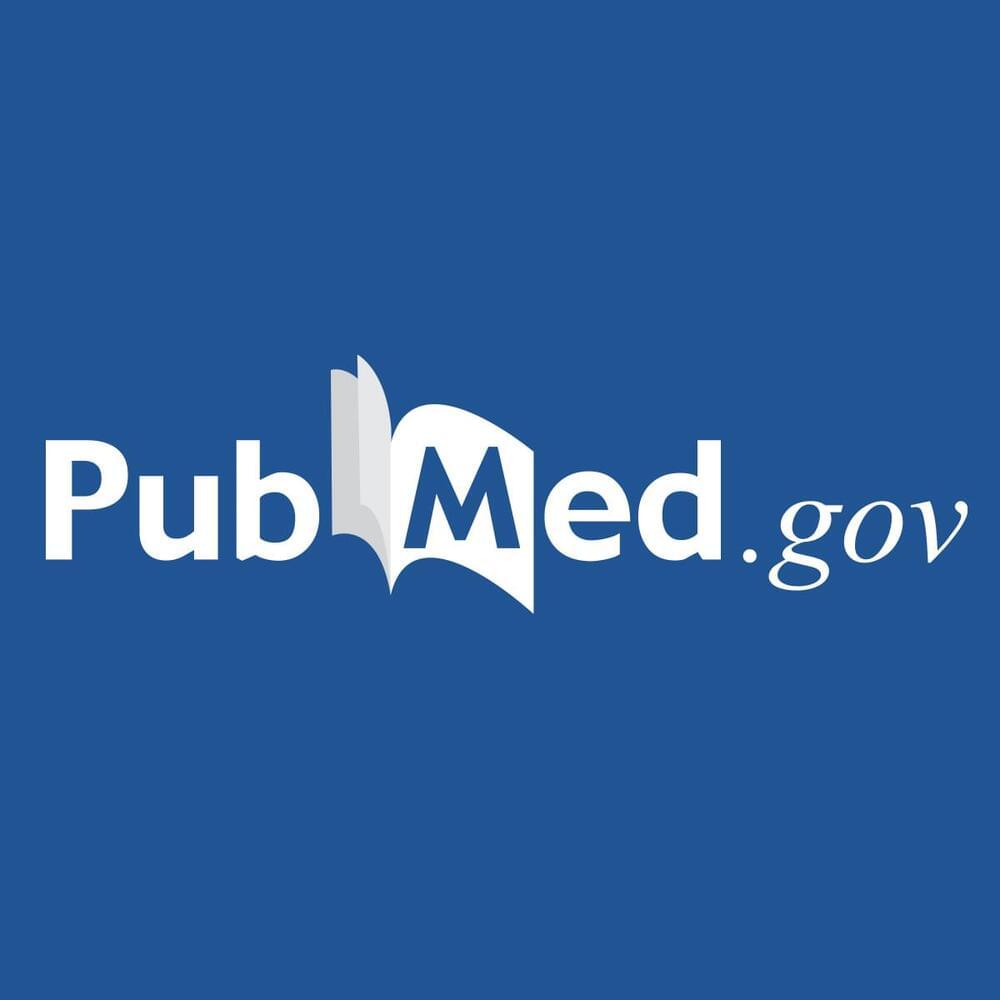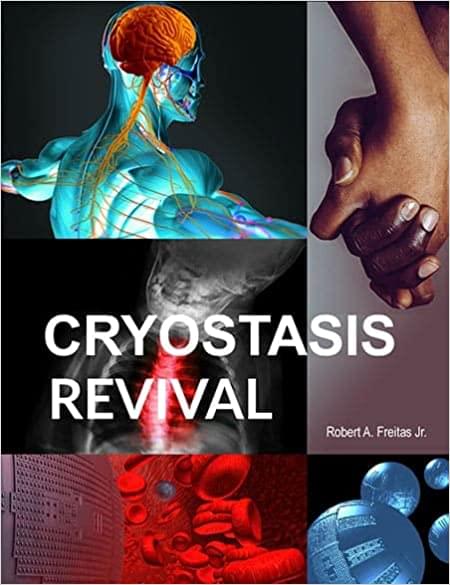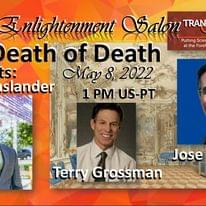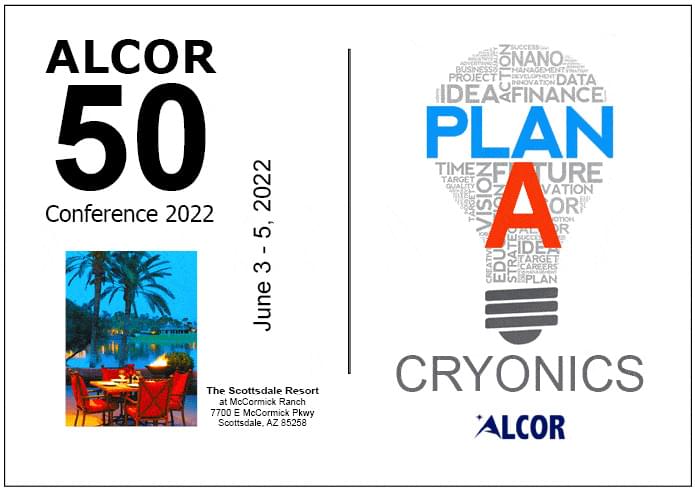Pharmaceutical intervention of aging requires targeting multiple pathways, thus there is rationale to test combinations of drugs targeting different but overlapping processes. In order to determine if combining drugs shown to extend lifespan and healthy aging in mice would have greater impact than any individual drug, a cocktail diet containing 14 ppm rapamycin, 1,000 ppm acarbose, and 1,000 ppm phenylbutyrate was fed to 20-month-old C57BL/6 and HET3 4-way cross mice of both sexes for three months. Mice treated with the cocktail showed a sex and strain-dependent phenotype consistent with healthy aging including decreased body fat, improved cognition, increased strength and endurance, and decreased age-related pathology compared to mice treated with individual drugs or control. The severity of age-related lesions in heart, lungs, liver, and kidney was consistently decreased in mice treated with the cocktail compared to mice treated with individual drugs or control, suggesting an interactive advantage of the three drugs. This study shows that a combination of three drugs, each previously shown to enhance lifespan and health span in mice, is able to delay aging phenotypes in middle-aged mice more effectively than any individual drug in the cocktail over a 3-month treatment period.
© 2022. The Author(s).
Conflict of interest statement.





